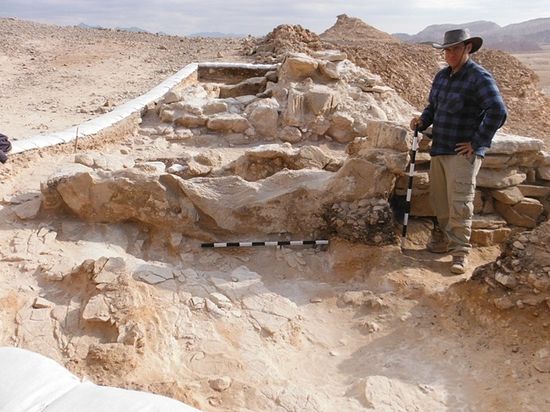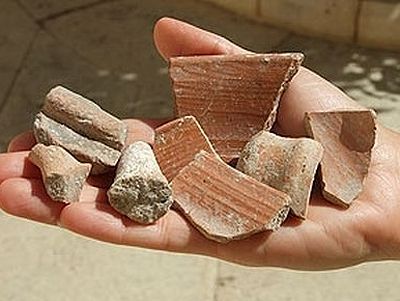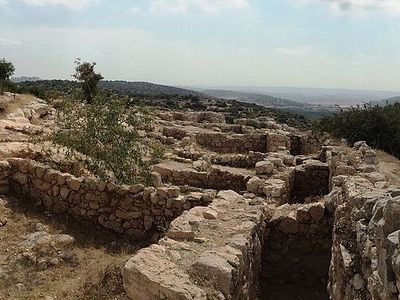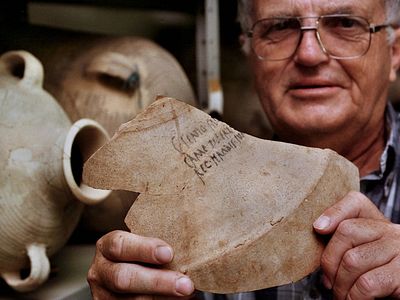January 20, 2017
A new archaeological discovery in Israel’s Timna Valley is shedding new light on ancient Israel’s military and trade life. Researchers have discovered the ruins of an ancient patrol tower, including donkey stables, dated to the time of kings David and Solomon, which indicates a highly organized system of defense and the importance of trade with distant settlements, as detailed by The Journal of Archaeological Science: Reports.
The fortress, located near King Solomon’s copper-smelting camps, is dated to the tenth century BC. “Although there is no clear explanation of King Solomon’s mines in the Old Testament, it contains mention of military conflicts between Israel and Edom in the Arabah Valley,” says Dr. Erez Ben-Yosef, the excavation leader.
The Arabah forms part of the border between Israel and Jordan, with the Dead Sea lying to the north, and was the home of the Edomites.
The Timna Valley, fifteen miles north of Eilat, is not mentioned in the Bible but was used for copper mining in ancient Israel. Copper was rare and difficult to mine, a confrontation over it leading to a military conflict. Solomon ruled in an atmosphere of serious instability and military threats it would seem, judging by the fortifications. Analyses of the staves used to drive cattle, with traces of plant life on them, show that the animals were fed with high-quality hay and grape pomace, obviously brought from the Mediterranean, testifying that Israel was carrying on trade with distant regions.
While some archaeologists previously thought the area’s mines belonged to Egypt, Ben-Yosef’s team discovered a new camp in 2013 which yielded several material samples that tested to the tenth century BC, during Solomon’s reign.







